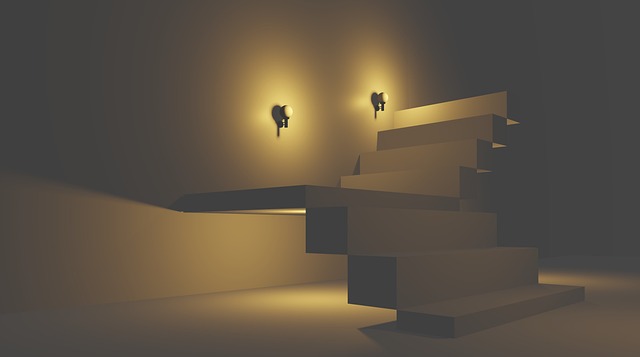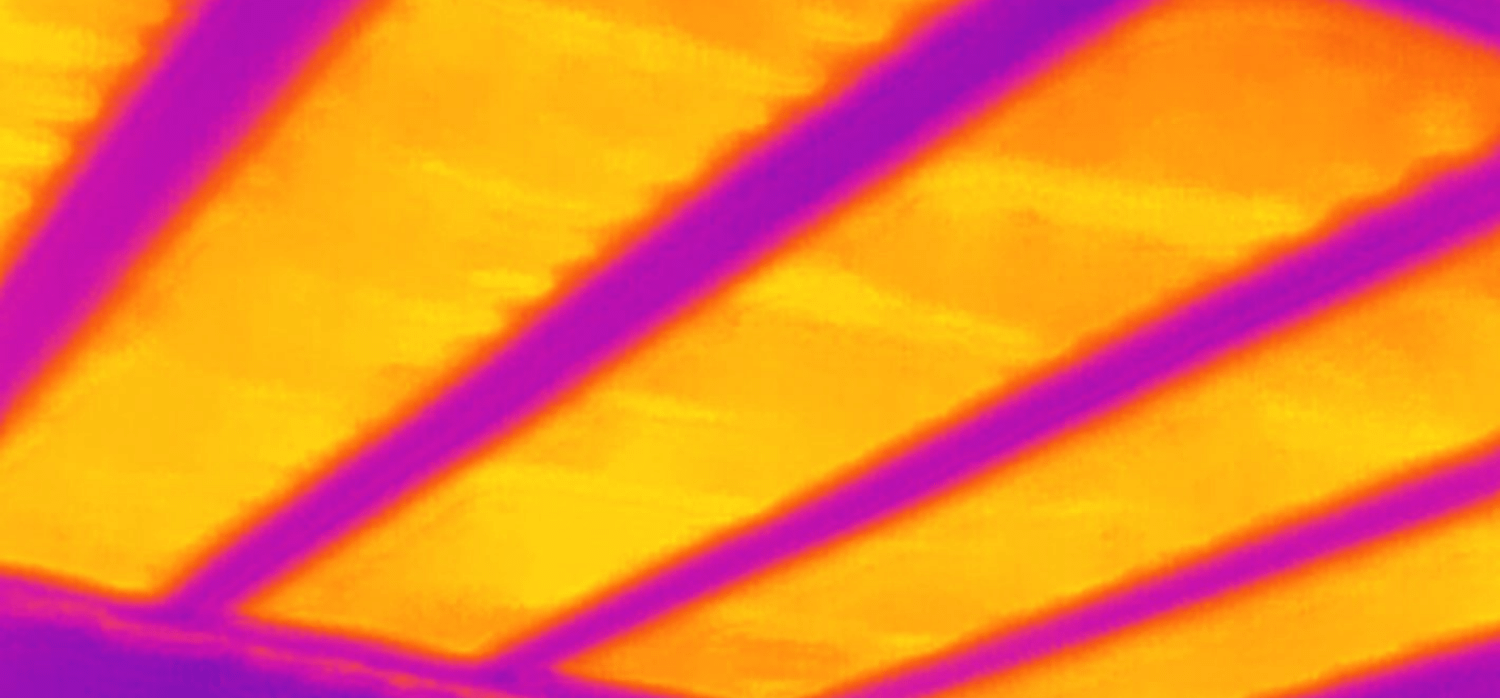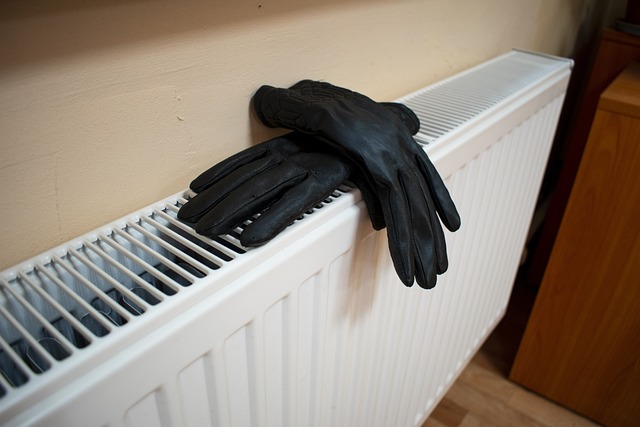 It’s a chilly winter day. The heater isn’t on, yet you’re still warm and cozy. How is this possible?
It’s a chilly winter day. The heater isn’t on, yet you’re still warm and cozy. How is this possible?
A new technology— the electric infrared wallpaper — is gaining popularity as a green alternative for heating homes.
Infrared wallpapers operate quite differently from traditional radiator heating systems. Radiators heat up the air in closed homes and rely on air circulation to make homes warmer. Let’s explore how infrared wallpaper works and why the technology is relevant.
The Science of Infrared Wallpapers
Infrared wallpaper leverages electricity to heat up solid objects inside a room.
 The insulation system is built behind the wallpaper in a house and connected to the house’s electricity. When the system is powered by electricity, two parallel metallic strips (usually made of copper) conduct and interact with a sheet of graphene. The graphene layer then emits infrared waves — a form of radiation closely connected to heat — to the objects in the room.
The insulation system is built behind the wallpaper in a house and connected to the house’s electricity. When the system is powered by electricity, two parallel metallic strips (usually made of copper) conduct and interact with a sheet of graphene. The graphene layer then emits infrared waves — a form of radiation closely connected to heat — to the objects in the room.
Infrared wallpaper is considered to be greener than current heating systems because unlike radiators, which rely on gas, infrared wallpaper depends on electricity, which can be generated through renewable energy sources.
Implementing the technology alongside renewable energy can help nations meet their green targets. For example, in the United Kingdom, homes contribute to 17% of greenhouse gas emissions, much of which results from the usage of fossil fuels to heat homes. Through the use of technologies such as infrared wallpaper, the UK government can work towards reaching its goal of phasing out 23 million homes from its gas grid by 2035.
How Promising Is It?
 The new technology has several benefits which add to its growing appeal.
The new technology has several benefits which add to its growing appeal.
Most prominently, companies believe that infrared wallpaper is vital to reducing the carbon footprint of buildings because the technology can control which rooms are being heated through a smartphone. In this way, infrared wallpaper can prevent excess energy from being wasted in heating rooms that are not in use -- a stark contrast to how radiator heating systems work.
Rooms using infrared wallpaper also reach warmer temperatures faster as solid objects are heated directly. Furthermore, the insulation lasts for longer as there are fewer gaps for the heat to escape. Panels also require little maintenance and are speculated to produce improved air quality.
At the moment, infrared wallpaper is still relatively costly to install, and there is still more research and development that needs to be conducted in order to incentivize people to adopt the technology on a large scale. Nevertheless, this innovation brings us a concrete step forward toward reaching the world’s green targets.
Sources: BBC, ecowatch, hitc.com, octopus.energy







